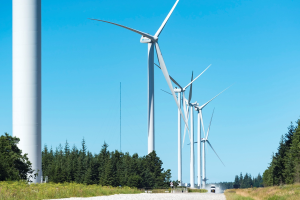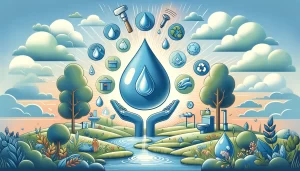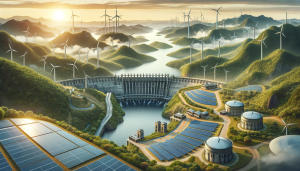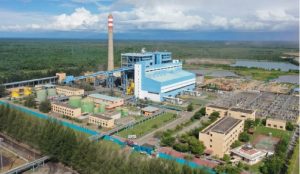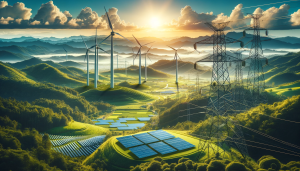Jakarta – The impact of global warming is increasingly massive and worrying, including the melting of Mount Everest’s glaciers and increasing the rate of evolution four times faster than predicted by Charles Darwin.
The melting of the glacier of the world’s highest mountain, Everest, could endanger climbers, the BBC reported Tuesday (21/6). The Nepalese government is preparing to relocate the base camp on the Khumbu Glacier which in spring can be attended by up to 1,500 people. The current base camp is located at an altitude of 5,364 meters, while a new one will be set up 200 meters or 400 meters lower.
Director General of Nepal’s Department of Tourism, Taranath Adhikari said the government is preparing the site and immediately started consultations with all stakeholders. “A new location for the climbing camp was found at a lower level. In that place there is no frozen ice all year round,” he said, adding that relocation is very important for the sustainability of the climbing business itself.
The plan to relocate the base camp follows the recommendation of a committee set up by the Nepalese government to facilitate and monitor climbing in the Everest region. Researchers said the Khumbu Glacier and other glaciers in the Himalayas are melting and thinning amid global warming. Melting ice makes glaciers unstable. In fact, the climbers saw more and more cracks popping up in the base camp while they were sleeping in their tents.
A 2018 study conducted by researchers from the University of Leeds, UK, found that the Khumbu Glacier loses 9.5 million cubic meters of water per year. The part close to the climbing camp is thinning by 1 meter per year.
Global warming could trigger evolution four times faster
The results of a study on the impact of climate change on the survival of living things conducted by researchers from the Australian National University (ANU) concluded that the analysis of genetic variation showed that evolution could occur four times faster than Charles Darwin predicted. And global warming is said to be the trigger.
Darwinian evolution is the process by which natural selection produces genetic changes in traits that support individual survival and reproduction. The rate at which evolution occurs is also highly dependent on genetic differences between individuals. The more genetic differences within a species, the faster evolution can occur. That’s because certain traits die and a stronger and more dominant trait is formed.
Evolutionary Ecologist Timothée Bonnet from ANU explained that the research took data from 19 groups of wild animals around the world. Among the wildlife studied were the fairy sparrow (Malurus cyaneus) in Australia, the spotted hyena (Crocuta crocuta) in Tanzania, the sparrow (Melospiza melodia) in Canada, and the red deer (Cervus elaphus) in Scotland. The analysis revealed that the raw materials for this evolution were more abundant as part of the impacts of climate change.
“This method provides us with a way to measure the potential current speed of evolution in response to natural selection across all traits in a population. And this acceleration of evolution is the fuel of evolution,” explained Timothée Bonnet as quoted from Science Alert, Tuesday (21/6).
According to him, the research is the first time the speed of evolution has been assessed on a large scale. The average duration of each field study is 30 years, with detailed records ranging from birth, death, marriage and offspring. From this research, it is known that the shortest time is 11 years and the longest is 63 years. Previous research has shown that in some species, evolution can occur in just a few years. (Hartatik)
Banner photo: Sulav Loktam/pexels.com



